Perennial aster: the most popular varieties
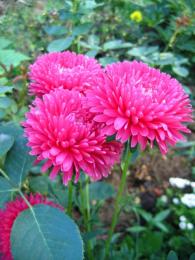
perennial aster has a lot of varieties and varieties, among which only three are of the greatest interest to gardeners. We are talking about bush, New Belgian, and New England varieties.
The bush aster, which was brought to us from North American lands, is usually used for planting smooth and dense borders, consisting of individual small bushes with many buds and thin openwork leaves. This variety of plant grows extremely quickly: every year the bush “knocks off” several new shoots. Its inflorescences can be simple or semi-double, and the color varies from white to pink, lilac and blue. New Belgian aster, also called Virginian, is distinguished by highly branched powerful shoots, the height of which can reach one and a half meters. Its wide leaves are painted in a rich green shade, and small flowers, as a rule, contrast with them due to their rich purple and dark cherry shades. The bushes of the plant are prone to “falling apart”, therefore, in order for them to continue to maintain a beautiful shape, they should be tied up and shaped in other ways.
As for the New England aster, its bushes are even more impressive in size and have a tendency to grow moderately against the backdrop of constant compaction and enlargement of the bush itself. Semi-double inflorescences are collected at the tips of the shoots and bloom later than all other varieties.Flowers bloom only in early September, but continue to decorate the garden until the onset of the first frost.

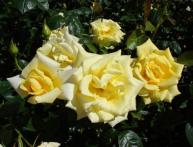
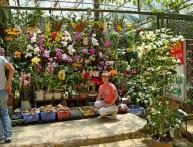
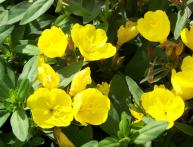
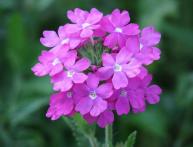
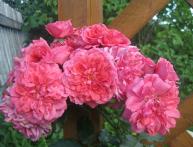
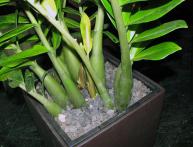
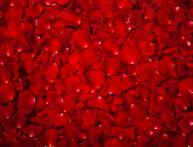

Comments
I like asters, but I always considered them only annuals. As a perennial plant, I never looked for aster in stores. But now I’ll try to plant a perennial aster. Yuki, thanks for the tip.
I also thought that asters, like chrysanthemums, are annual plants. Since childhood I remember that in the village we planted them in a new way every year
How lovely! Very beautiful flowers. If you grow these in your garden, all your neighbors will be jealous. And we need to figure out about annual or perennial ones - maybe breeders have already bred perennial asters.